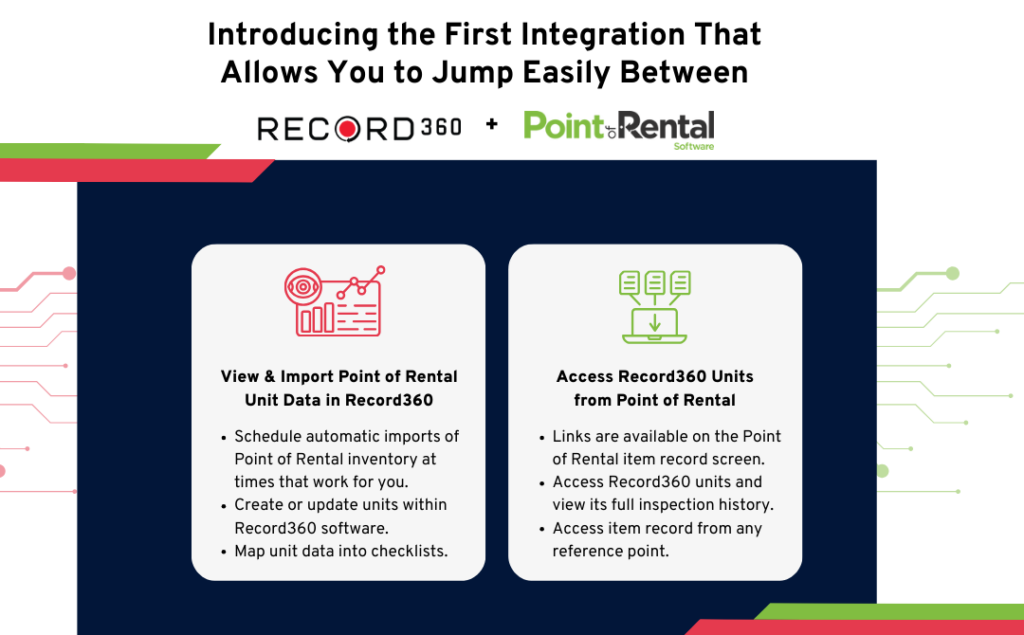Stomaching equipment rental damage doesn’t need to be a ‘cost of doing business’
Many rental operators think equipment damage is just ‘the cost of doing business’. They rely heavily on their best customers for revenue, and they want to build long-term relationships. When equipment comes back damaged, some operators think they can’t or shouldn’t be charging for equipment damage because it will jeopardize the relationship and push the business away.
This is a false tradeoff. Operators think this way because, historically, they’ve never had good enough equipment condition documentation to have a non-confrontational conversation with a customer about damage. When you don’t have good documentation, telling a customer they’re being charged for damage naturally causes tension and frustration. Customers will say: “How do you know it wasn’t like that when you gave it to me? Where’s the proof that it wasn’t damaged on the truck?”.
Having conversations about equipment damage without documentation is also tough on your team. It’s nerve-racking for a rep to have to tell the customer they’ll be receiving an invoice for damage when they have no actual proof. Your sales and customer service want to be building relationships with your customers, not fighting with them over damage.
Operators don’t need to make a tradeoff between eating equipment rental damage costs or fighting with the customer
The best heavy equipment rental operators we’ve seen realize that you don’t have to decide between eating the cost or fighting with the customer. When you have good documentation, it builds a relationship of trust and accountability with your customer. Customers feel like they’re being treated fairly because they know they won’t get charged for something they didn’t cause. Documentation also incentivizes the customer to take better care of the asset because they know they’ll be held accountable if damage does occur.
Good documentation also gives your team peace of mind that they’re not about to enter a fight with the customer when they notify them of damage. Sharing clear before and after videos and pictures takes the heat out of the conversation. When customers see clear evidence of the damage they will generally pay without protest. Even if you decide not to charge for the damage, you’re now able to tell the customer directly that you haven’t charged them for it, which helps you build credits in your relationship with them.
Heavy equipment rental operators should follow best practices to rapidly collect on damage without conflict
When damage occurs, the best rental operators we’ve seen follow clear best practices to get paid quickly for damage and avoid confrontation with customers.
Damage doesn’t need to be a ‘cost of doing business’
1. The customer should always receive a copy of the inspection report when the equipment is checked out.
This sets the expectation that you care about damage and encourages them to take good care of the equipment. It also builds trust because they know they’re not going to be charged for pre-existing damage. The best way to implement this is to have Record360 automatically send an inspection summary to the customer on check-out.
2. You should inspect equipment immediately when it gets back in your yard
If you wait too long to do your check-in inspection, customers will argue that the damage occurred on your lot, not theirs. Build a practice of doing inspections within 2-4 hrs of the equipment returning to the lot, ideally immediately after it’s unloaded.
3. If equipment comes back damaged, you should notify the customer immediately.
This manages expectations with the customer well. Even if you don’t have an estimate prepared, they can see that equipment damage has occurred, and they expect an additional invoice for damage.
The best way to do this is by having an alert for new damage in your check-in inspection that notifies the rental coordinator so they can send the inspection summary to the customer immediately.
4. It matters how you have a conversation with the customer.
You don’t want to poke customers in the eye about equipment damage. Frame the conversation gently – “You might not be aware this happened, but it looks like the equipment was damaged. No worries. Our team is preparing an estimate for repairs that will be sent along with your final invoice.”
5. When you send the invoice for damage, include the inspection summary.
This gives the customer confidence you’re not unfairly charging them – they have a clear record of damage attached to the invoice so they know what they’re paying for.
The best way to do this is to download a PDF inspection summary from the Record360 dashboard with images of the damage selected.
From dents to ripped-off doors, rental damage doesn’t have to be a cost of doing business. With consistent documentation, you can more easily charge customers for damage and build trust with them in the process.
Interested in learning more about Record360? Schedule a demonstration today.



